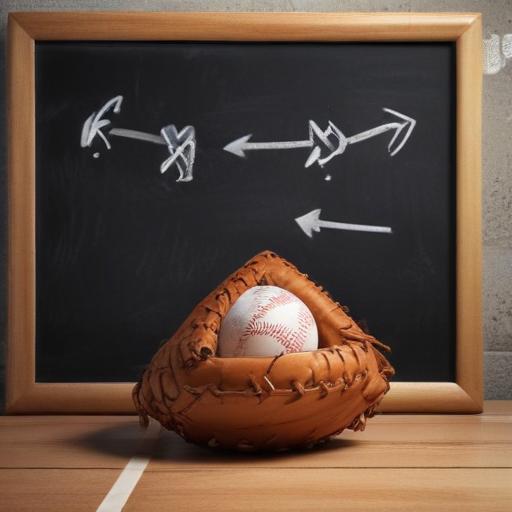The Detroit Tigers have plugged a late-inning gap at the trade deadline by bringing in reliever Kyle Finnegan from the Washington Nationals, pairing him with Will Vest to form a dynamic 1-2 punch at the end of games. The move gives Vest more flexibility to pitch in high-leverage late-inning spots while Finnegan handles save opportunities when the moment calls for it.
Since joining Detroit, Finnegan has quickly become a trusted option, delivering a standout run of relief work. In seven appearances totaling 7 2/3 innings, he has struck out 10 and not allowed an earned run. A big reason for his success has been a shift in his pitch mix: he’s leaning more on his splitter, reducing the frequency of his fastball, and now uses both pitches about equally—roughly 45% of the time each.
Vest has also thrived in the Tigers’ late-inning plan. In the last 10 games, he’s recorded three saves, while Finnegan has two, helping both pitchers stay fresh as Detroit heads toward October. Together they’ve stepped into the top tier of the team’s relief corps, with Vest and Finnegan among the Tigers’ top 20 in saves this season. That duo gives manager A.J. Hinch the flexibility to close out games with confidence in the final outs, regardless of who’s on the mound.
The bullpen hasn’t carried the load alone, however. The Tigers’ starting staff has begun to settle in after a rough stretch, contributing to the bullpen’s overall effectiveness. Casey Mize appears to have found his groove again, winning his last three starts. Charlie Morton has provided length in his outings, Tarik Skubal remains a frontline option, and rookie Troy Melton delivered five shutout innings in a recent appearance. This improved starting depth has helped Vest and Finnegan stay fresh for high-leverage moments.
The Tigers envisioned a role for Finnegan a few days after the trade, and the results have aligned with that plan. Detroit’s bullpen, once a concern, now features two reliable late-inning arms who can flip the script in a tight game. If Vest and Finnegan continue to perform at this level and their usage stays matchup-driven, opponents will find it increasingly difficult to manufacture late scoring against Detroit.
Outlook and impact
– Finnegan’s arrival provides a clear upgrade to the late innings, with a proven track record and a splitter-driven approach that complements Vest’s strengths.
– The two can exchange roles based on leverage and matchup, giving Hinch a versatile closing option in a season where every win counts.
– The improved starting pitching behind them should keep the bullpen fresh, increasing the likelihood that Detroit can close out more games in the seventh through the ninth.
Summary: The Tigers leveraged the trade deadline to add Finnegan and pair him with Vest, creating a formidable late-inning duo. With continued strong starting pitching, improved bullpen depth, and a flexible closing plan, Detroit has a clearer path to securing more wins down the stretch.
Additional notes and possible angles to explore
– How the splitter-heavy approach is changing Finnegan’s effectiveness and how that could influence his usage in different late-inning scenarios.
– The balancing act of Vest’s ninth-inning duties versus Finnegan’s opportunities in high-leverage spots, and how matchups will drive those decisions.
– Potential implications for the Tigers’ bullpen strategy in September and into October, including any further depth moves or how the back end of the bullpen could shape postseason pacing.
If you’d like, I can tailor this piece for a specific section on your site (stats-focused, reader-friendly recap, or a teammate spotlight) or add a short Q&A with a local analyst to give readers deeper insight into the bullpen dynamics.
